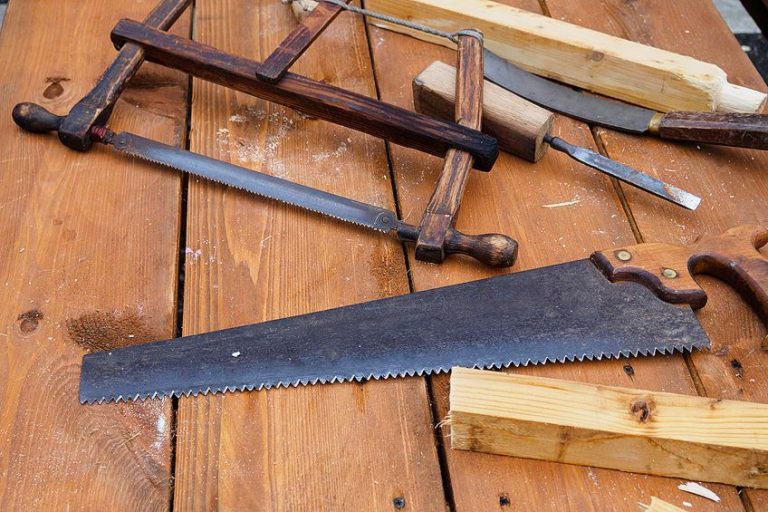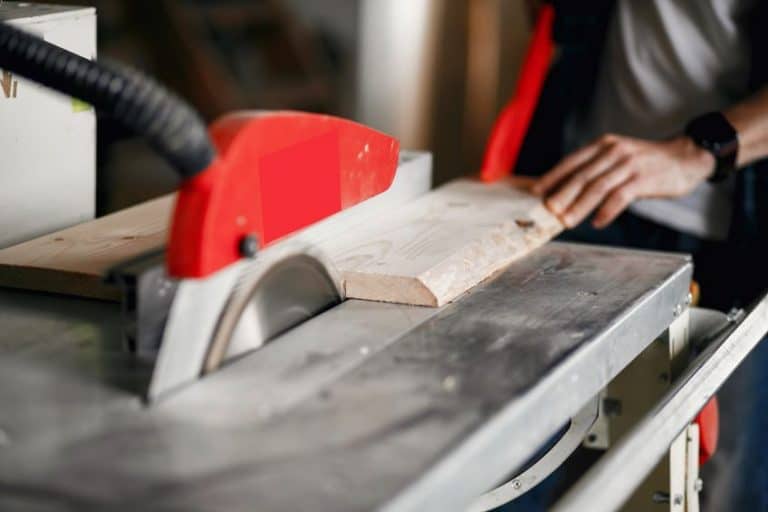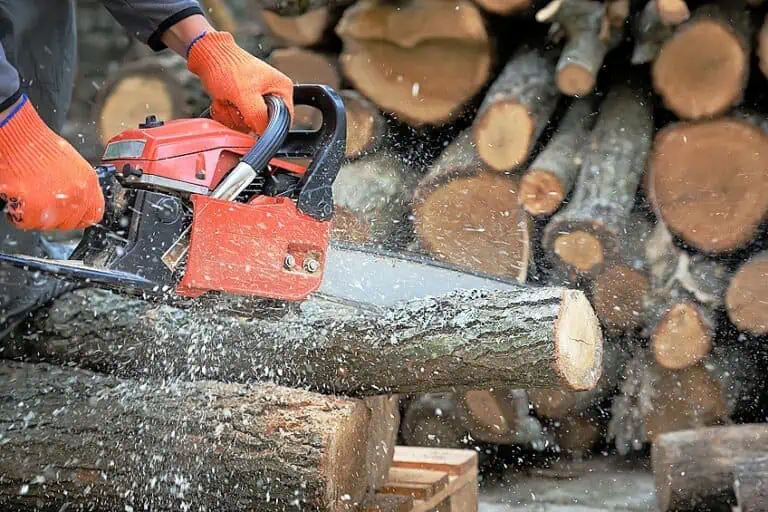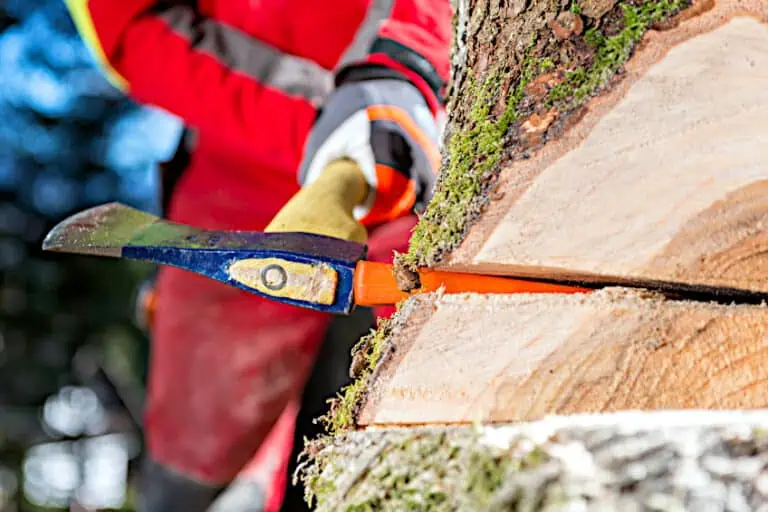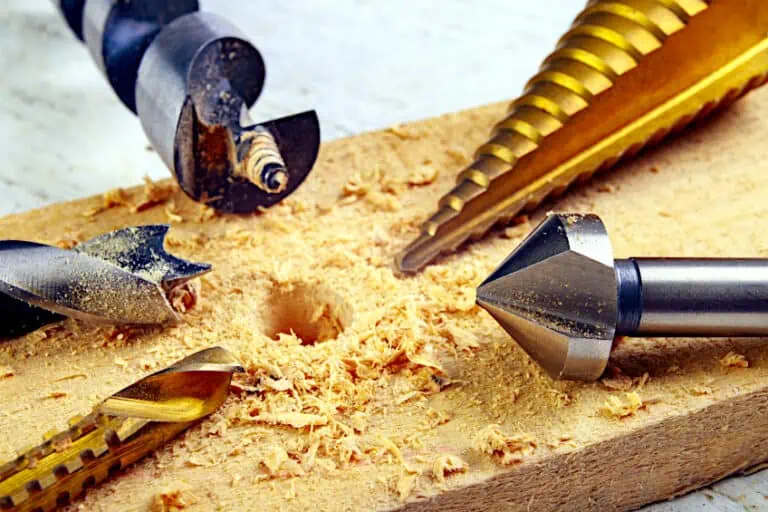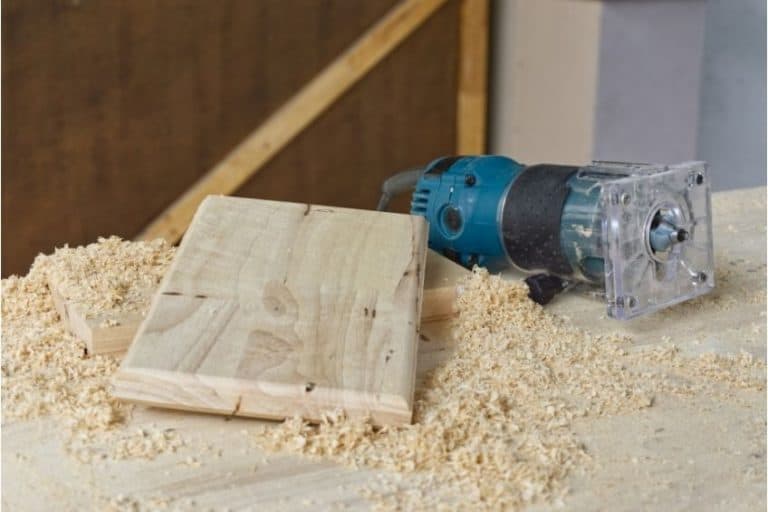Pin Nailer vs. Brad Nailer – Which Nailer is Better for your Project?
When it comes to large woodworking projects, there are loads of ways you can go about securing parts of your workpiece to one another but not all of them are conducive to every situation you’ll find yourself in. This is why it’s really important to ensure that you arm yourself with knowledge of joining mechanisms as you can, and don’t do yourself the disservice of limiting yourself to adhesives. Some of the most reliable joining mechanisms out there are nails and screws, and thanks to the miracle of modern technology, we don’t even have to use a hammer to put them in place anymore. Some of the most popular means of doing so are by using a brad nailer and a pin nailer, but which is better? Let’s have a look at what these devices are, how they work, and which one is best suited for which applications.
Table of Contents
What Is the Difference Between a Brad Nailer and Pin Nailer?
What is the difference between a brad nailer and a pin nailer? If you’re a professional wood crafter or a well-equipped DIY enthusiast, the chances are that you’ve seen and/or used these devices when working with your wooden workpieces. They’re pretty similar and to the untrained eye, they might even appear indistinguishable from one another. This being said, let’s have a look at exactly what each is and how they work respectively.
| Pin Nailer | Brad Nailer |
| 23 gauge | 18 gauge |
| 1-inch length | 2-inch length |
| Headless pins | Small pin head |
| Powerful penetration | Weak penetration |
| Cannot be used for permanent fixtures | Can be used for permanent fixtures |
| Less likely split surfaces | More likely to split surfaces |
| Not as versatile | Versatile |
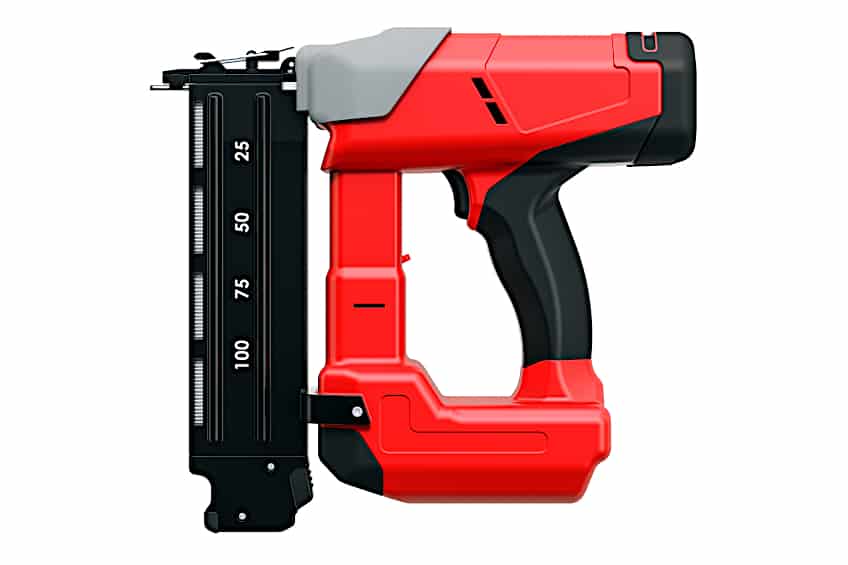
What Is a Brad Nailer?
What is a brad nailer? A brad nailer is essentially a nail gun used to dispense a particular type of nail. These are usually pretty thin nails with a small, mushroomed head that is used for adhering finishing pieces such as veneer to wooden workpieces. They can also be used to simply hold two pieces of wood together.
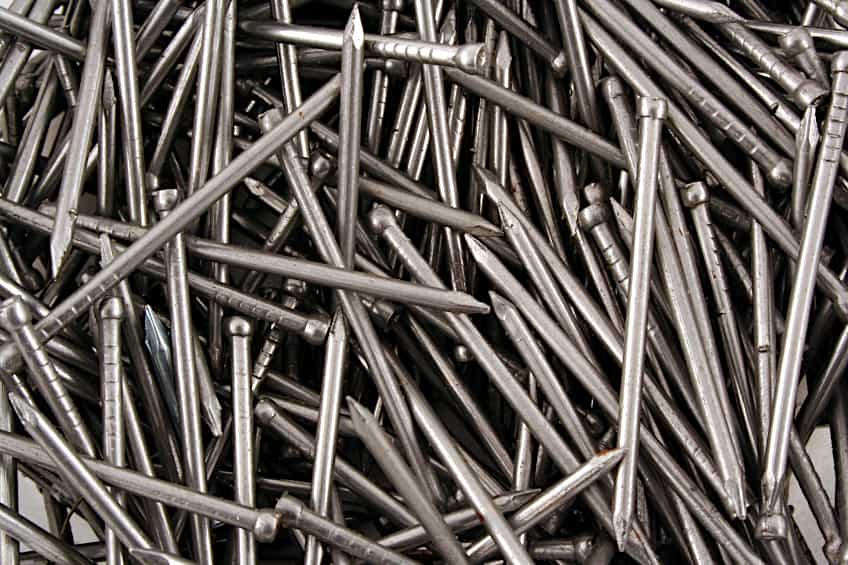
Typically, a brad nailer brandishes 18-inch nails which are roughly two inches long. The heads of these nails are barely visible and are generally used to attach felts and/or other fabrics in the upholstery industry. Factories typically have dozens of these connected to overhead air lines as they are pneumatically operated.
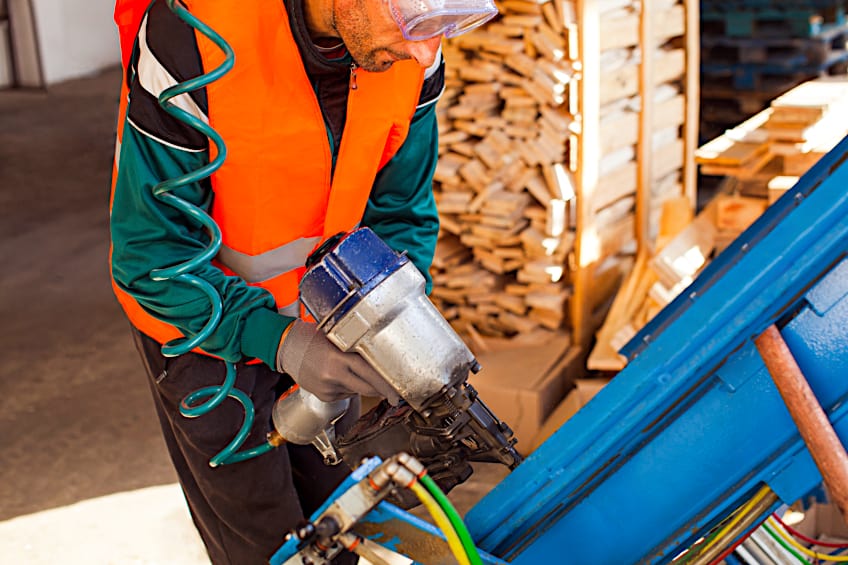
Not all of them are industrial though. There are brad nailers which are completely portable for home use, or for contractors that are constantly running around work sites (hopefully not literally, considering that these units fire projectiles). Although these nailers are generally used to join thin surfaces, they have their limitations and might tear extremely thin materials considering the force they use to enter a wooden workpiece.
What Is a Brad Nailer Used For?
Brad nailers can be characterized as a means of joining aesthetic pieces. They aren’t particularly useful when they’re used for more heavy-duty applications like adhering thick pieces of wood. However, if you’re looking to finish the lining of a pull-out drawer, adhere fabric to a wooden frame, or just add some trimming to your ceiling, this should be your weapon of choice (if you’ve chosen not to go the adhesive route).
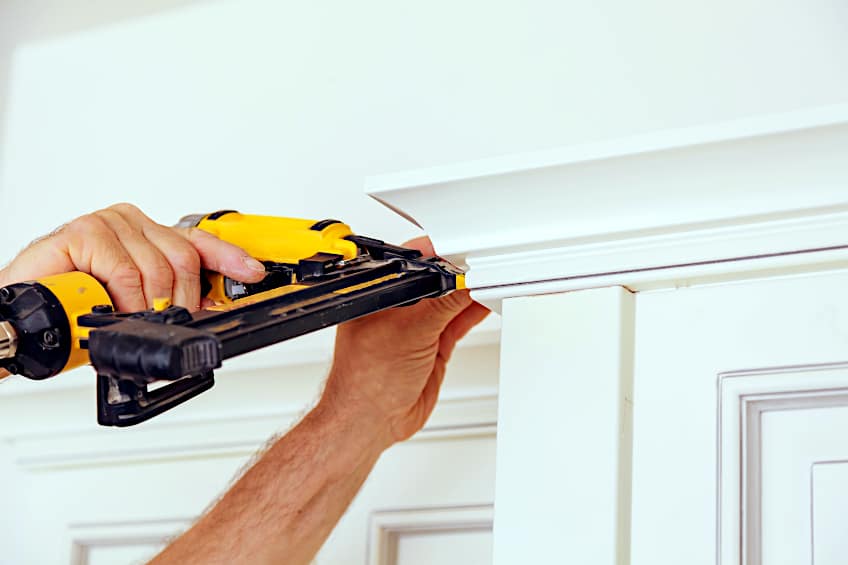
While we’re on the topic of adhesives, they can take some time to cure and adhere to your workpiece, and if clamps aren’t an option, brad nailers are the best way to ensure that the workpiece that you’ve glued stays in place while it cures. What about the little holes these leave behind you ask? Well, it’s nothing that some filler and paint can’t solve.
If you’re thinking that a brad nailer is a bit too heavy-duty for the applications you have in mind, then consider using something like a stapler instead. These staplers are relatively cheap, and you’ll likely find that they more than pay for themselves whether you’re working with wood or when the base stitching at the bottom of your couch comes loose.
What Is a Pin Nailer?
What is a pin nailer? Pin nailers are used for more heavy-duty applications compared to their brad nailer counterparts. Pin nailers are also used to finish off trim, but they tend to be a lot more powerful in terms of stopping power than brand nailers. They’re also pneumatically powered, but they dispense a smaller, one-inch 28-gauge nail that does not have a head.
These nailers are ideal for applications where you cannot afford to have a nail head sticking out, or aren’t working with a material that can be resurfaced or filled once you’re done with the nailing. Pin nailers are capable of penetrating a number of surfaces which means that they’re the ideal tool to have if your work is time-sensitive.
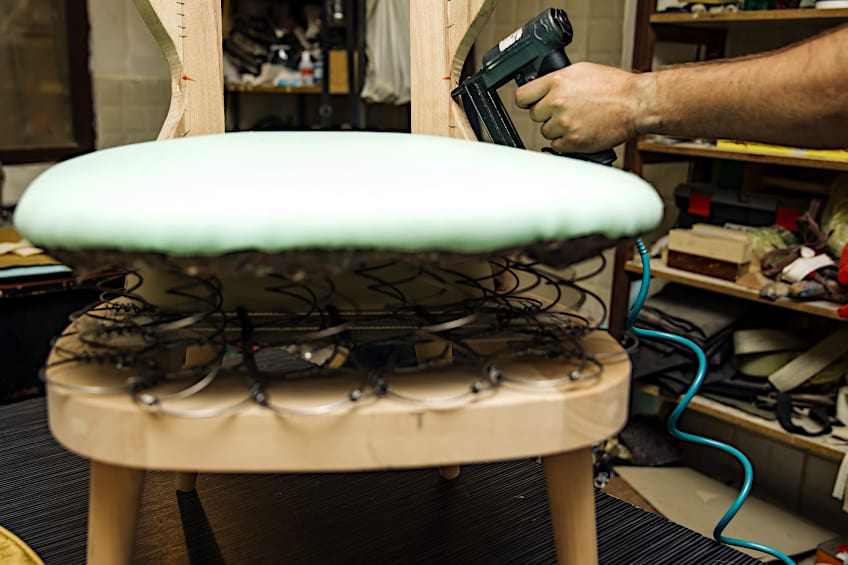
Surely these pins can still be seen from the surface of your workpiece, right? Well, no. These pins have such a small diameter that they’re virtually invisible on the surface of a workpiece, which means you never have to worry about covering them up. Since they’re so small they won’t split wooden workpieces, but because of their small length and diameter, they’re best used to secure drying adhesives and not permanent joining applications.
What Is a Pin Nailer Used For?
What is a pin nailer used for? If you’re looking for a really quick way to secure one part of your workpiece to another while an adhesive dries, or you have a really thin workpiece that you need to construct temporarily, the pin nailer should be right up your alley. Since these pins are small in diameter and short, they’re not exactly good for long-term fixes.
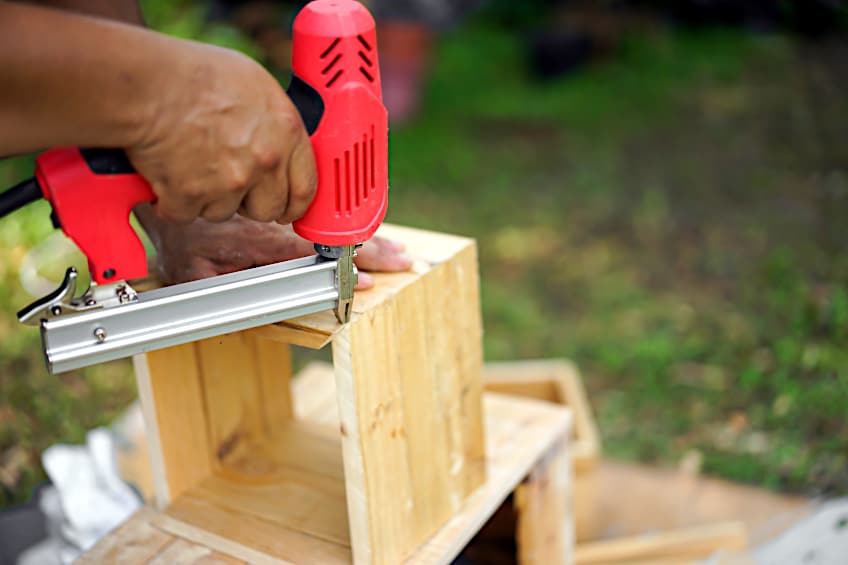
You could use a bunch of these to invisibly secure a workpiece to a surface while you’re working on it, or you could use it to hold a baseboard in place. Since these are smaller but penetrate deeper, you’re going to have to compromise somewhere, but this doesn’t mean you can use conventional nails to permanently secure your workpiece while these are holding it in place.
What are pin nails used for in the contracting industry? Well, if you’ve ordered something like a small couch or ottoman seat to be made, then the internal frames of these furnishings are usually used to secure the structure in addition to the wood glue. Other applications include securing trim pieces and adhering veneer finishes.
What Are the Pros and Cons of Pin Nailers and Brad Nailers?
As we mentioned previously there are some differences between brad nailers and pin nailers. This being said, they both have their pros and cons depending on the application, and how which materials they’re used for. Let’s have a look at some of the pros and cons of each device so you can decide which one is best suited for your next DIY adventure.
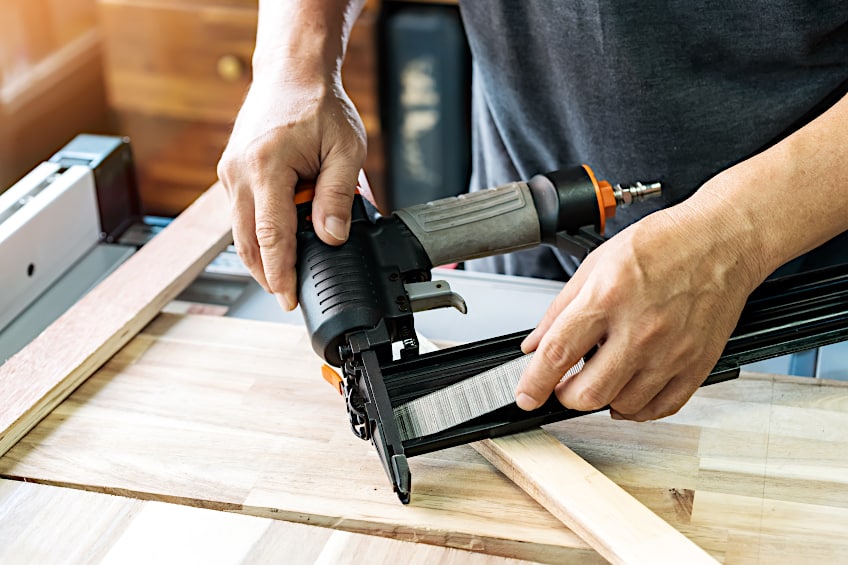
Brad Nailers
Brad nailers are a robust tool and therefore they’re used in various facets of various industries, but they’re not without their drawbacks in certain situations. Here are a few things you should consider when thinking about using a brad nailer.
Advantages
The larger diameter of these nails makes them inherently sturdier for holding things for long periods of time. Density and strength are commonly associated with one another after all; therefore an 18-gauge pin can hold a lot more weight compared to a thinner one. Considering that this is the go-to nail type of adhering baseboards should be a testament to how much holding power these pins really have.
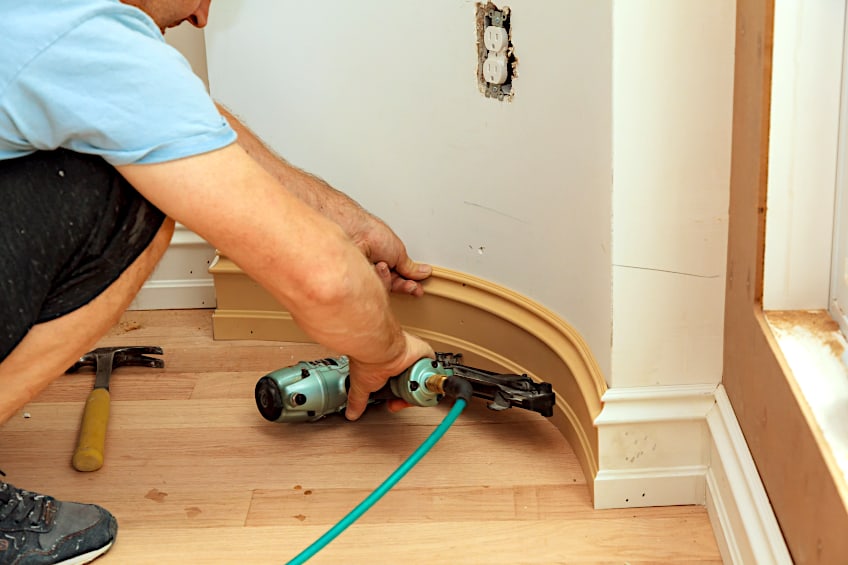
As we mentioned previously these are pretty versatile tools considering their holding strength, which is why they’re used in pretty much every manufacturing industry on the planet that needs a quick and easy way to adhere things to surfaces either permanently or temporarily.
If you’re working in a high output environment, then the brad nailers are exactly what you need especially if you’re working with cabinetry or you’re a contractor that doesn’t have time to nail things in by hand. If you are either of these, a brad nailer can save you some considerable time and money on the job.
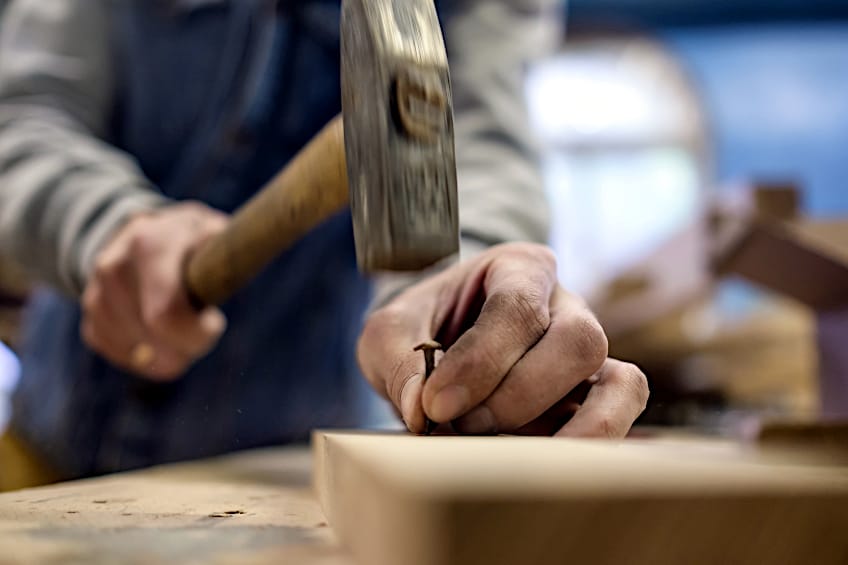
Disadvantages
Although brad nailers are pretty versatile for most applications, they aren’t a completely universal tool. Remember that even though they’re super good at holding things they do have those little nail heads that stick out once they’ve penetrated a workpiece. This can be a deal-breaker especially if you’re working with a surface that cannot be repaired or covered up.
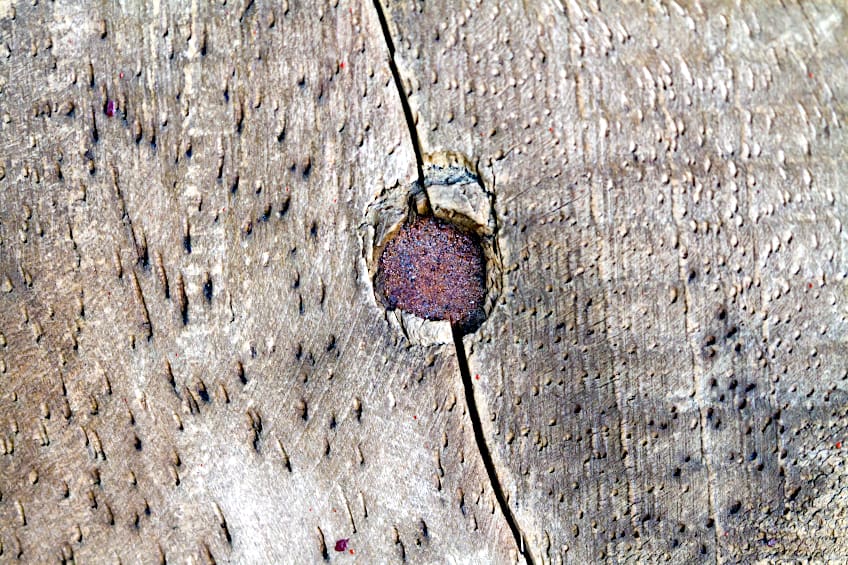
Besides being a potential eyesore, these pins aren’t exactly delicate especially when you’re working with a particularly thin or fragile workpiece. You shouldn’t use them on really brittle surfaces either or you could risk splitting the wood and causing hairline cracks, which kind of defeats the point of a fragile joining mechanism.
Pin Nailers
While pin nailers don’t have the holding power that brad nailers do, they do have more stopping power and are far more inconspicuous. This is why they’re used to secure workpieces that need to be held together while adhesives cure. Let’s have a look at some more advantages and disadvantages of this nail type.
Advantages
One of the obvious advantages of the pin nailer is that it’s discrete in holding workpieces together. Its trademark headless pins are arguably the main reason that these pins are used to begin with and considering that the holes are so small in diameter that you don’t have to fill them to apply wood treatments or paint is an added bonus.

Another glaring advantage to using this type of nailer is that you don’t have to worry about damaging your workpiece. Although these penetrate deeper into the surface of your workpiece, they don’t have the diameter to cause things like splitting or running hairline cracks on the surface of your workpiece.
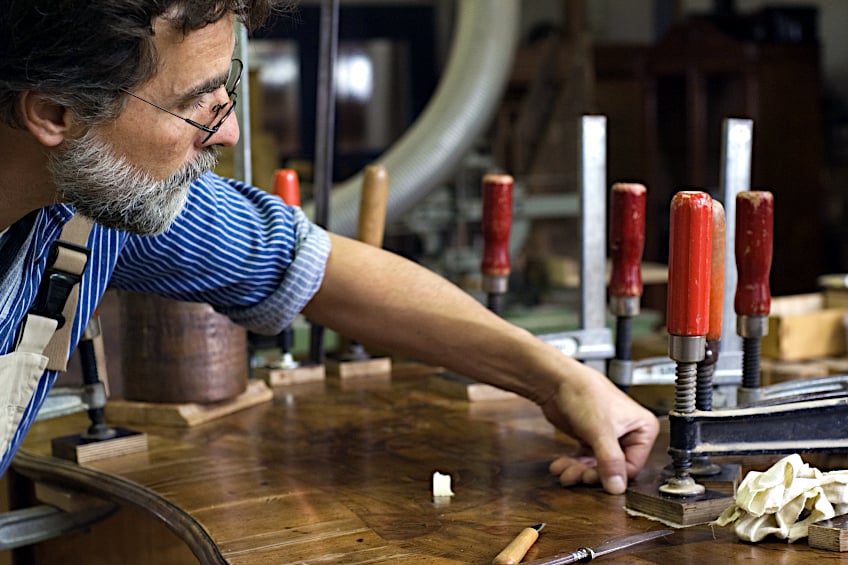
If brad nailers are the blunt instrument of the nailer tool selection, then the pin nailer is the precision scalpel for more delicate procedures. This is because it can be used on materials that need deep penetration but won’t be able to handle the sheer girth of a brad nail’s penetration. This makes it ideal for veneer and other thin materials.
Disadvantages
As we mentioned previously there are some distinct disadvantages to using a pin nailer in certain applications. Pin nailers might be discrete and not allow for the tearing or cracking of the surface of your workpiece, but they don’t have the diameter of a brad nail which means that their ability to hold a workpiece together is nowhere near that of a brad nailer.
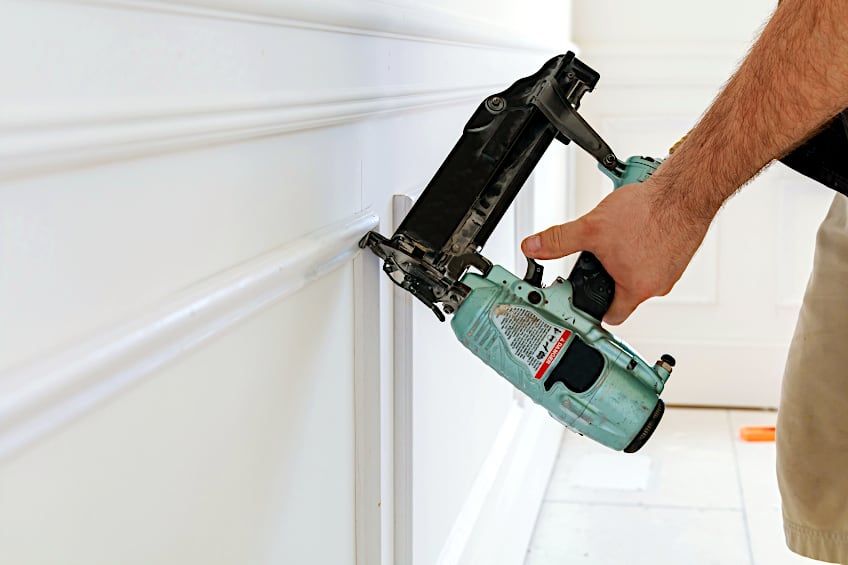
Remember that these pins are also headless which means they don’t quite dig into the workpiece’s fibers to create a hooking effect. We wouldn’t recommend trying to use them for load-bearing applications either as they will bend and tear the adjoining end of your workpiece, which could leave some nasty marks.
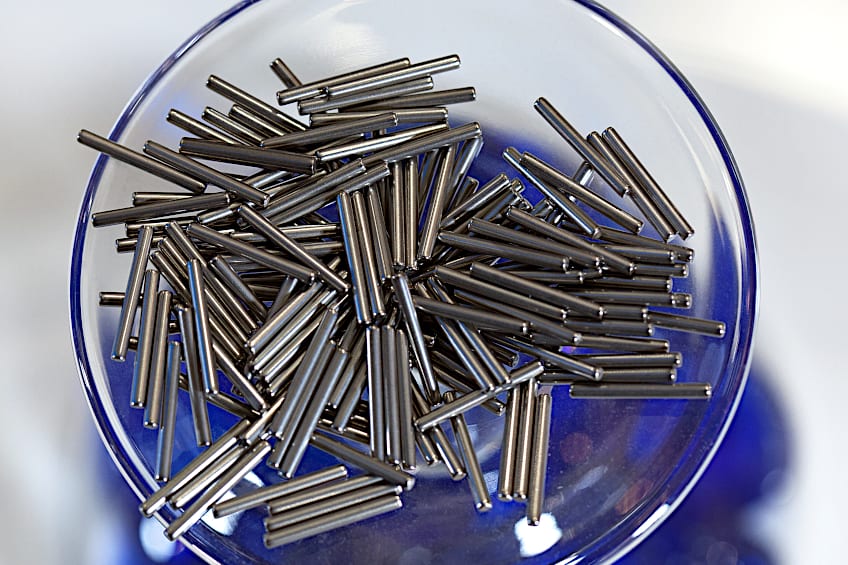
As you can imagine then, pin nailers aren’t quite as versatile as brad nailers are, and therefore they aren’t used as widely as brad nailers. Although, there are certain instances where a pin nailer is the only tool for the job, especially if you want the visible surface of your workpiece to have a seamless aesthetic.
Which One Should You Choose?
There is a lot to discuss in the pin nailer vs. brad nailer debate. Like most practical crafts in life, it comes down to having the right tool for the job. When choosing between a brad nailer and pin nailer you should base your choice on the application as this will ultimately determine which tool is best suited for the job. If you need something to be held permanently and know that it can handle some touch-up work, then we recommend going with a brad nailer.
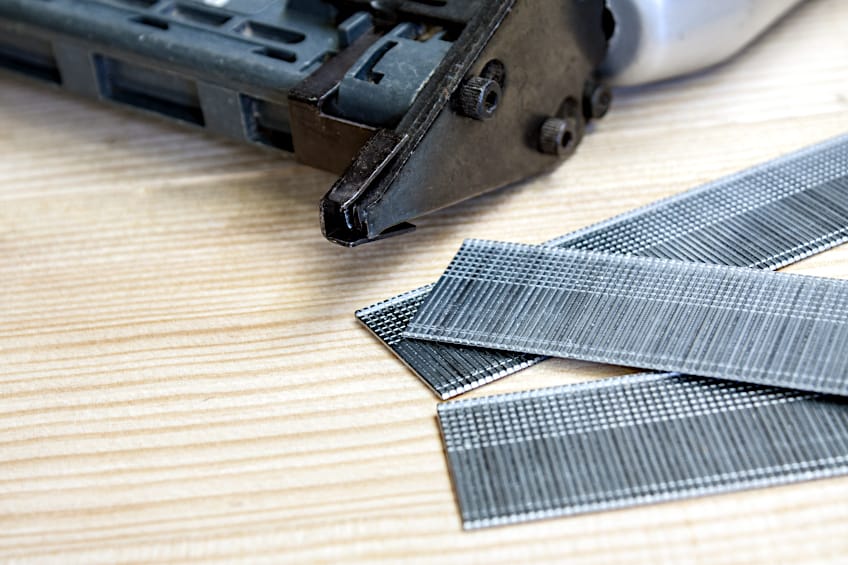
However, if your workpiece can be held together with a high-end adhesive you should consider using a pin nail gun as it will do less potential damage aesthetically and doesn’t require you to fill any holes if you’re going to be coating or treating the exterior of your workpiece. A pin nail gun is also great if your workpiece is fragile or particularly thin.
The pin nailer vs. brad nailer debate then, could go on eternally, but the key difference between brad nailer and pin nailer units is their intended application. Therefore, the difference between brad nailer and pin nailer units will always be what you’re able to achieve with them in terms of holding strength and the visibility of said pins, so you should do your best to consider the material you’re working with when choosing a nailer for your next project.
Now that you know what a brad nailer is and what a pin nailer is, as well as the difference between the two and some of their pros and cons it’s time for you to get out there and put your newfound knowledge to the test. Remember to consider your material, application, and the duration you need these pins to hold your workpiece when making your choice.
Frequently Asked Questions
What Are Pin Nails Used For?
Pin nails tend to be used for applications that don’t need an awful lot of holding strength. They also tend to be used on surfaces that are too fragile for conventional nails, or those that cannot be used or repaired once they have been penetrated.
What Are Brad Nails?
Brad nails are colloquially known as brads. They are made of steel wire and are typically 18-gauge in diameter. They are used for paneling and trimming applications where the workpiece needs to be joined inconspicuously.
Can You Hammer in Brad Nails?
While this isn’t how they’re intended to be used, it is entirely possible to use a hammer on brad nails. They’re quite small so you do risk hammering your fingers so you should probably use some gloves. You also risk bending the nail and damaging your workpiece in the process, so it is best to stick to using the nailer.
What Is a Tack Nailer?
A tack nailer is a blanket term used to describe all dispensing units, also known as a brad nailers and a pin nailers. These units dispense pins with different characteristics which are suited for different applications and materials.

I have been into woodworking since 2005 and woodturning since 2011. Because of my love for wood and woodworking, I started woodhappen.com to teach other enthusiasts about how to finish and seal wood, the best woodworking tools, the different types of wood, and everything else related to woodworking! Read more about me here.


